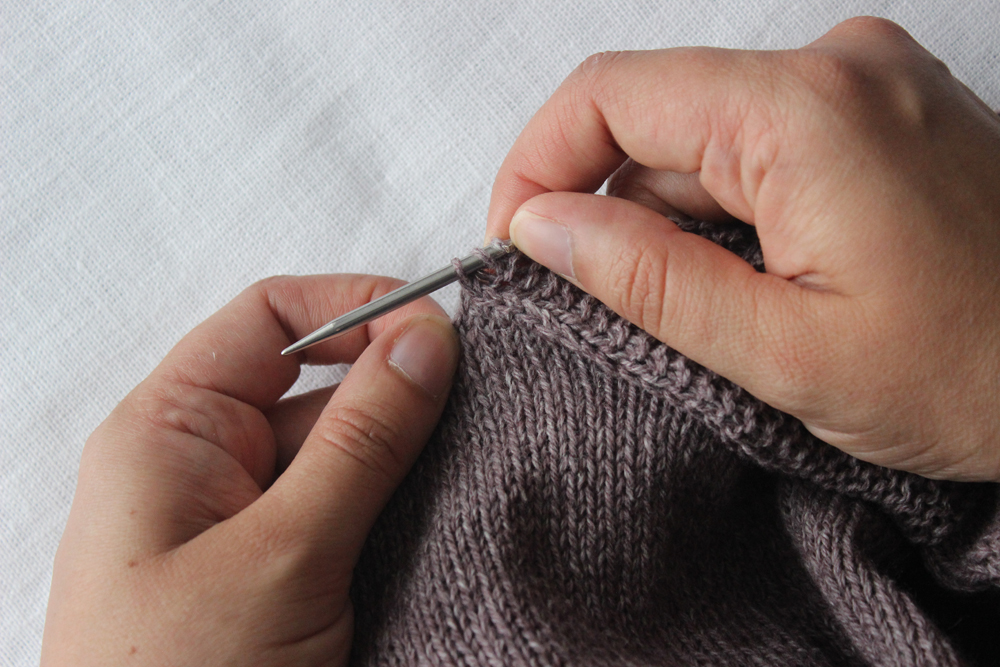
Quilling, a centuries-old decorative skill, is one example. It involves the art of rolling, twisting and bending thin pieces of paper into many different shapes. It gained popularity in the 16th and 17th centuries, when Princess Elizabeth and the Queen enjoyed it. The techniques of quilling have remained relatively unchanged since then, and there are many variations on the traditional method. Read on to learn more about this fascinating art form.
Paper quilling is a decorative arts.
Quilling, a traditional decorative art, has a rich history. This technique was known originally as paper filigree. It is a centuries old craft that involves cutting colored paper into thin strips. Then, you roll and pinch them into different shapes. These shapes can be attached with glue. The resulting pieces look beautiful and decorative. You can create your own designs. Or, you can buy one from an expert. Many people also use quilling as a way to express themselves.
Quilling became popular in England during the Regency period. The art was used by nuns to decorate holy images and reliquaries. The art gained popularity and was quickly spread throughout Europe. It became a common craft for poorer churches, where nuns could practice it on vellum. Although it was hard to tell quilling from silver or real gold filigree work at first, it was made easier by the advent of paper production.

It involves twisting, rolling and shaping thin strips of paper into various shapes.
Quilling is a technique that replaces metal filigree. It was created in the 14thcentury. The technique's name comes from the fact that the artists used feather or porcupine quills to wind the coils of paper. Quilling has become a very popular art form, for both adults and children. There are two basic types of quilling: the decorative and functional type.
Paper quilling is an interesting activity that can lead to many different compositions. Although it is easy and cheap, it requires patience and care. Quilling is a great way to make cards, gifts, and paintings. Paper quilling can be enjoyed by anyone of any age and skill level. The basic principle of quilling is to prepare several colored strips of papers and then wind them onto a special base. To create beautiful patterns, each element is given its own shape and color.
It was popularized in the 16th, 17th and 18th centuries.
Although quilling was a practice that originated in the Middle Ages it wasn't widely used until the Renaissance. It was originally used by nuns to embellish holy pictures and reliquaries with gilded tissue. Quilling was soon popularized as a "proper pastime", for women. It was taught alongside needlework in Europe. Quilling was also used by Lady Mary of Denmark and Queen Anne.
During the Georgian period, quilling was very popular in England. Even Princess Elizabeth, the future Queen Of England, enjoyed quilling. Quilling was a very popular hobby at that time. It had a small but lucrative market. Cabinet makers provided wooden boxes that could be used for displaying quilling creations. There were even books written and published by William Bemrose, a woodcarver and owner of Bemrose & Sons printing company.

Techniques
The best way to learn how to quill is by purchasing a book or watching a video tutorial. The book includes step-by–step photographs so you can follow along with each project. Two methods can be used to learn how to quill. One is to copy instructions from someone else and the other is to imitate those instructions. Both are excellent ways to learn how to quill.
Quilling was a popular activity among the British nobles and royals in the 18th century. This was a time when ladies used quilling to make cards and wrap presents. In the late 19th-century, quilling was used by women to decorate householdwares, and especially their hats. Missionaries also brought quilling to the Americas, where it became popular as a decorative art.
FAQ
What are some good hobbies for seniors to do?
Senior citizens should be able to enjoy activities that they are passionate about. Active seniors should take up sports and other physical activities.
They might be interested in joining clubs that offer similar interests. They'll be less lonely as they get older.
Seniors should also keep up with the latest trends. For example, they could follow fashion, art, music, literature, politics, etc.
Can I make money from my hobby?
Many hobbies can lead to making extra cash.
If you are passionate enough about your hobby to decide to sell it,
If you are a stamp collector, you might want to start a website that sells rare stamps.
This allows you to make additional income, without having the hassle of actually purchasing and selling stamps.
Another option is to start a YouTube channel in which you discuss your hobby.
This allows you to share what is important to you with others, and possibly generate additional revenue through premium content.
Where can I find free resources to learn more about hobbies?
There are tons of websites devoted to helping people discover new hobbies.
Here are some of our favorite:
www.trythisathome.com - This site provides a list of over 100 different hobbies. It also provides information on how to get started in each one.
www.hobbyfinders.org: This website offers thousands of activities you can search by skill level, location, or interest.
www.indiebazaar.co.uk - IndieBazaar is an online marketplace designed specifically for independent artists and musicians. The site sells hundreds of items, including artwork and music gear.
www.pinterest.com/explore/hobbies - Pinterest is a social media network that lets users "pin" images they find interesting onto their boards. Users can organize the things they like in specific categories with boards.
www.reddit.com /r/Hobbies - Reddit is another social media platform that lets users post links to articles, videos, or other types of content. Voting is available for users to choose the most valuable posts.
What are good hobby ideas?
Your favorite hobbies are ones you enjoy. You'll be more motivated to do what you love. You will have a reason when you feel sick or tired.
There are many hobbies that we all enjoy: gardening, painting and crafts; photography; cooking; sports and games; reading music and film-making; collecting; cycling, walking, dancing and writing; playing instruments and other musical instruments.
You might also consider volunteering at a local charity shop or animal shelter, children’s hospital, hospice, elderly home, school, community centre, church, and other places.
Let's say you are looking for something more exciting. Take up skydiving or rock climbing, parasailing, parasailing and paragliding.
There are many other ways to spend time outside. These include caving.
Statistics
- 37% Video Games 36% Travel 36% Health and Fitness (quizexpo.com)
- Much of this decline reflects the fact that teens are less likely to work today than in the past; among employed teens, the amount of time spent working is not much different now than it was around 2005. (pewresearch.org)
- A new survey by Pew Research Center of teens ages 13 to 17 finds that 36% of girls feel tense or nervous about their day every day; 23% of boys say the same. (pewresearch.org)
- Almost 80% of people claim to have no hobby. (hobbylark.com)
- The Role of the Mind in Sex, Dating, and Love: Men in the “humor” condition received phone numbers from 42.9% of the female participants and were refused 57.1% of the time. (time.com)
External Links
How To
How to start gardening
Gardening is one form of agriculture that dates back to the beginning. It requires persistence, patience, and determination. First, choose a place where you would like to grow food. It could be large land, or just your backyard. Next, decide what type of plants you want to grow. Do you prefer vegetables, or flowers? Some people enjoy growing herbs and others prefer raising livestock like rabbits. Before you decide which crops you will plant, consider the amount of space you have. If you live somewhere that has cold winters, it might be a good idea to grow berries or fruits.
After choosing what you want to plant you need to prepare your soil. Soil is essential in determining whether your plants will thrive or fail. A good soil has organic matter which helps to feed the roots of your plants. Organic matter includes things like leaves, twigs, grass clippings, manure, and compost. After you have prepared your soil you must add nutrients. You may need different amounts depending on what type of plants you are trying to grow. To determine these values, you can use a fertilizer calculator online. There are many fertilizers on the market, so ensure you understand what you are buying.
Now, wait for your seeds to germinate after you have prepared your soil and added the necessary nutrients. The process takes between 2 weeks and 3 months depending upon the climate in your area. After your seeds sprout, it is important to water them frequently. Watering your plants too little or too often can cause problems. You should ensure that your plants get enough water at regular intervals. Avoid overwatering. Overwatering could lead to root rot as well as fungal diseases. When watering your plants, remember that most plants require less water during the warm summer months than in winter. You should also remember that some plants will need to dry out once they have been watered. For example tomatoes should be kept slightly moist and not wet. They are not happy to be in soggy soil. After flowers are finished, plants must go dormant. The time when plants stop producing new life and store energy for the next season is called dormancy. Dormancy occurs when the plant stops sending signals that tell its roots to produce food. The plant continues to store energy during this time. However, the plant will die if temperatures drop below freezing or there is insufficient sunlight.
Urban environments may limit the variety of plants you can grow. Concrete sidewalks and roads, as well as parking lots, are common in urban areas. This blocks sunlight from reaching the ground. Concrete absorbs light, preventing the soil underneath from getting adequate sun exposure. Many plants are unable to survive in urban areas due to the lack of sunlight. There are many plants that can survive in urban environments. Many trees, shrubs and perennials can thrive in urban environments. Many annuals can be grown indoors, too, in containers. You can have fresh greenery all year round with container gardens.
Now you're ready to plant.